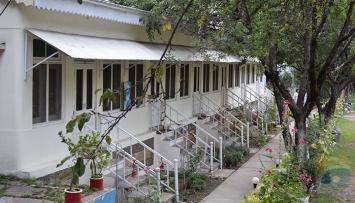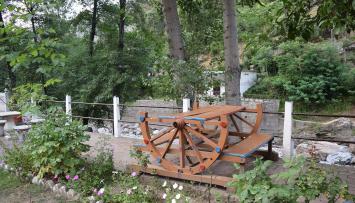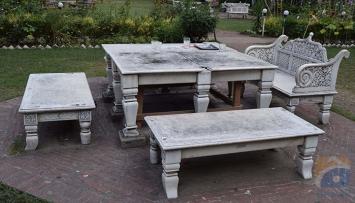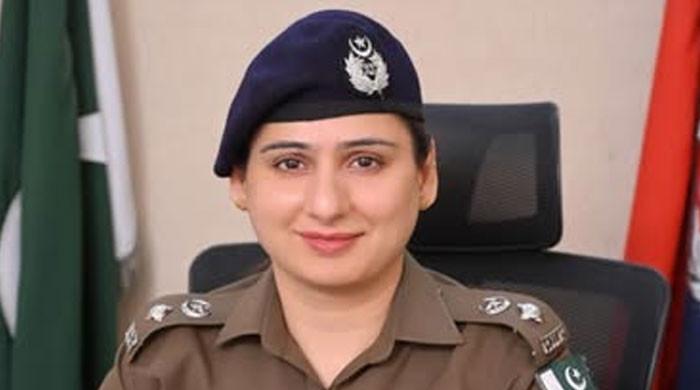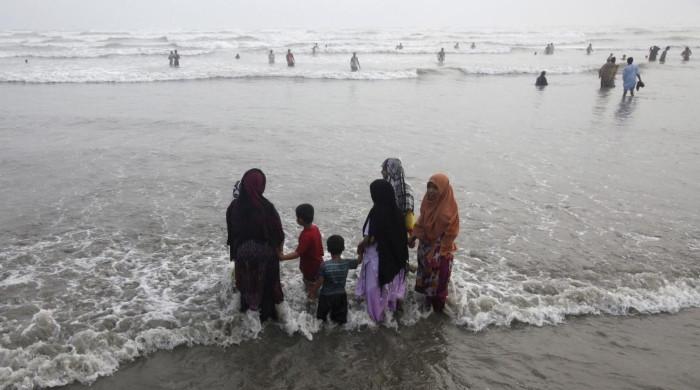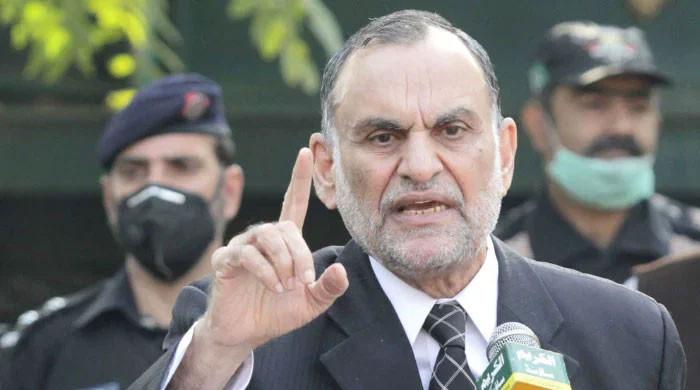Swat's Taj Mahal
Built by the first ruler of Swat in 1940, the White Palace is cut from the same stone as the Taj Mahal in India
March 28, 2017
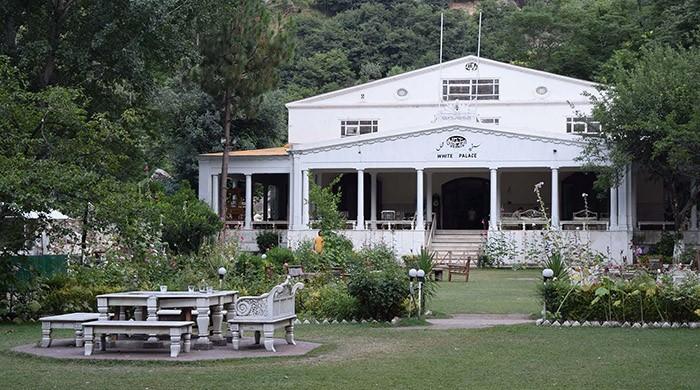
Swat’s White Palace and India’s Taj Mahal are cut from the same stone. “Both historical sites imported white marble from the Indian state of Rajasthan,” Miangul Shahreyar Amir Zeb tells Geo.TV.
The white mausoleum of the Taj Mahal was constructed in the 17th century by the Mughal emperor Shah Jehan. Attempting to capture the Taj’s grandeur, Amir Zeb’s grandfather, Miangul Abdul Wadood, the first ruler of Swat, built the White Palace in 1940 in the Marghazar valley, then the summer capital of the princely state of Swat.
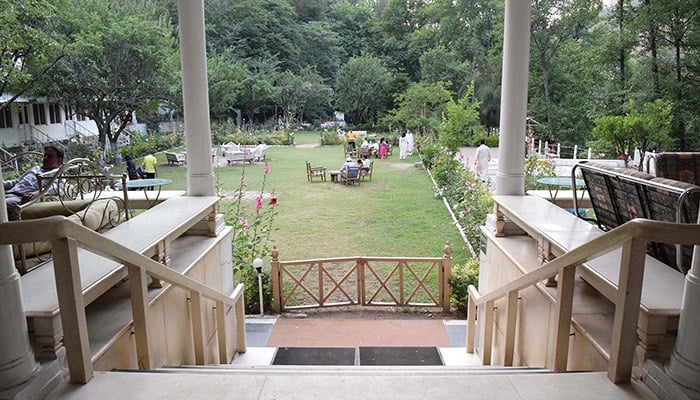
In those days the palace was teeming with activity. Its corridors would either play host to state dinners or lunches or serve as a courtroom for Wadood to preside over local disputes. Some of its famous guests include England’s Queen Elizabeth II, who stayed in its royal suite for three days.
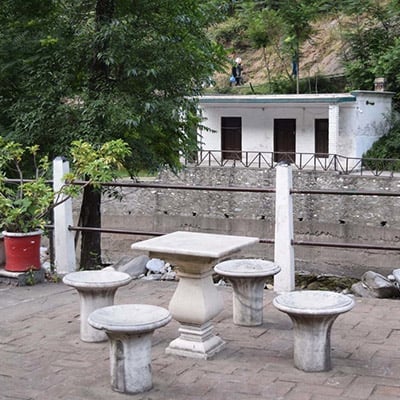
But soon after the ruler died, in 1971, the palace shut down. Its ivory white halls remained barren and abandoned for several years. Today, it has reopened its doors as a resort for tourists, who flock to the area to enjoy the surrounding green meadows, dotted with gigantic springs.
Inside the palace is a spacious drawing room, dining hall, a meeting room and several bedrooms. “Wadood would have his advisors and ministers stay in the second portion of the building,” explains Amir Zeb, “While the third portion was reserved for the families of his most notable ministers and foreigners.”
The artisans, who pieced together the building, using white crystalline marble, were drawn from the Indian city of Bhopal and Attock, today in Pakistan, as well as Turkey.
“There is also a long, meandering walking track behind the house,” says Fazal Rabbi, a professor at the Government Jehanzeb College, “here the former ruler and his ministers would walk in the evenings to discuss official matters.”
The Swat valley, once racked by militant activities, has seen a return of tourists and visitors. This has reignited interest in the White Palace, for the people, but the government is still overlooking its potential. Time is taking its toll on the white façade, which has developed cracks and is yellowing. "I have been visiting the palace almost every year since 1980,” says 65- year old Akhtar Ali, a tourist from Lahore, “I wish the government would take more steps to preserve and restore this glorious historical building.”
